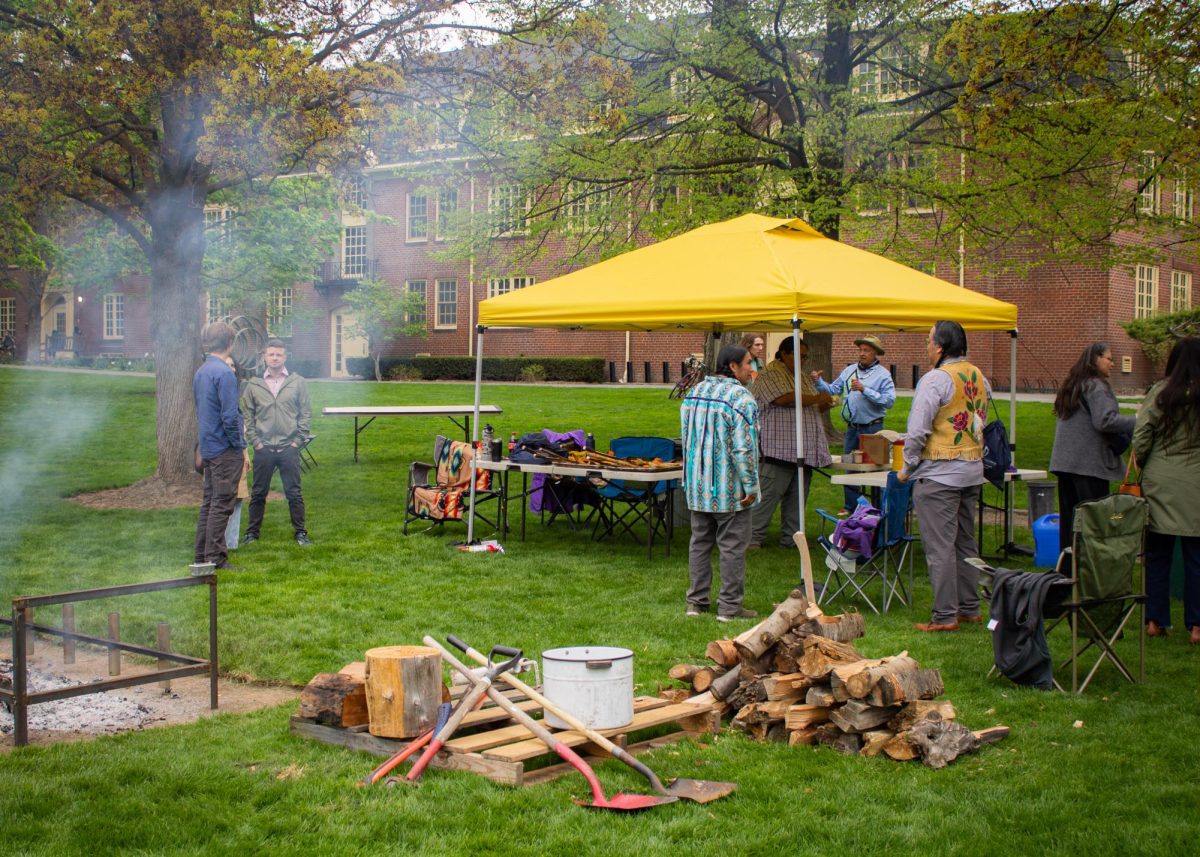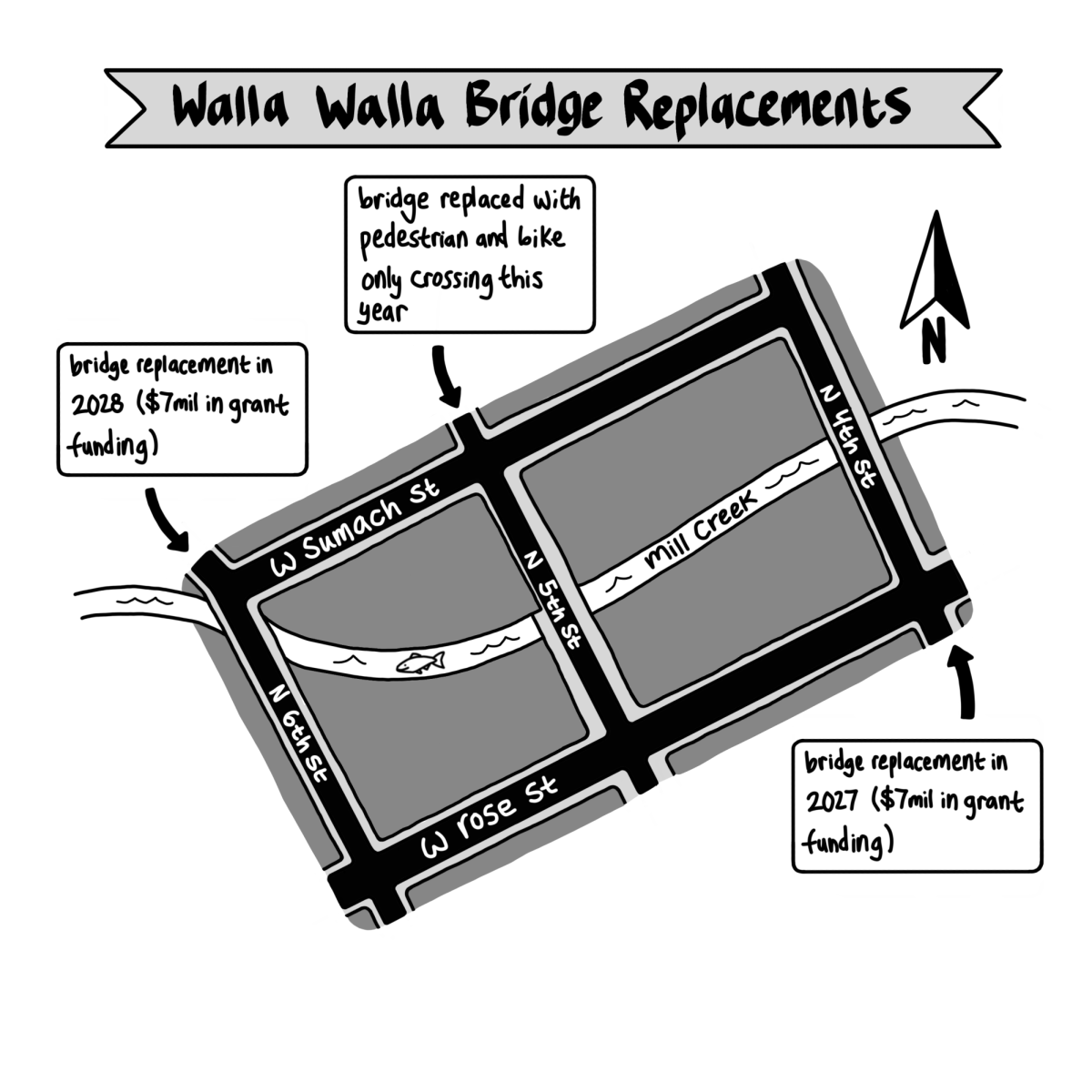by Andrea Miller
It bodes well for any lecture when the Dean of Faculty, Patrick Keefe, turns around in his seat to say of lecturer Dr. Gary Rollefson, “You wouldn’t believe what a scholar Gary is.…”
In his lecture in Kimball on Oct. 12, “Safe Haven for Shepherds: Neolithic/Chalcolithic Desert Sanctuaries in Southern Jordan,” Whitman anthropology professor Dr. Gary Rollefson discussed some of his studies and findings in Jordan from over the past five years.
For example, discoveries of stone arrangements suggest that structures were erected at places where the shepherds regularly gathered for water as offerings of thanks to deities for the arrival of the rainy season.
Ten thousand years ago, as the human relationship to the environment changed with the development of agriculture, farms, and villages, humans began competing for farmland. While villages had the benefit of irrigation, shepherds were compelled to follow their sheep and goats around the extremely dry desert, which comprises about 85 percent of Jordan. Relief from the dry heat came during the rainy months between November and March.
Areas including Bayir, the Negev Sinai Deserts, and Qulban Beni Murra, where shepherds are believed to have roamed with their flocks, are home to large, man-made rock arrangements. The Suwan Chain in Bayir is constructed of large, heavy slabs of flint, arranged in clusters that stretch for a quarter of a mile. The flint had to have been dragged from a nearby arroyo to the top of a plateau.
In the Negev and Sinai deserts, collections were found of smaller stones flanking a larger, central stone. In Qulban Beni Murra, two lines of stone can be seen from a great distance. Closer inspection shows 75 “tombs.” These are probably not actual tombs, given that excavation has found no evidence of bones but, instead, what are thought to be “give-backs” to the spirits. Wadi Rum, an area referred to as the “Holy Valley,” is home to what Rollefson described as an “imposing series of red sandstone.” Stones are arranged in a rectilinear formation, with one standing rock in the center. In all, 201 of these rectangular setups have been found.
Based on the impact left on the environment, it has been determined that these sites were visited on a regular basis. Rollefson theorizes that they were the sites of permanent water or pools where water consistently accumulated, and when the shepherds gathered there, they established the formations to thank the deities for helping them to survive another year. The variety of different formations found is indicative of the various tribes that occupied the area.
Rollefson will be returning to his studies of the shepherds of Jordan in the summer of 2007. Next summer, he anticipates excavating some sites at Wadi Rum. Perry Scholarships have allowed him to bring five students in the past, and he hopes to have at least one Whittie join him this time.







